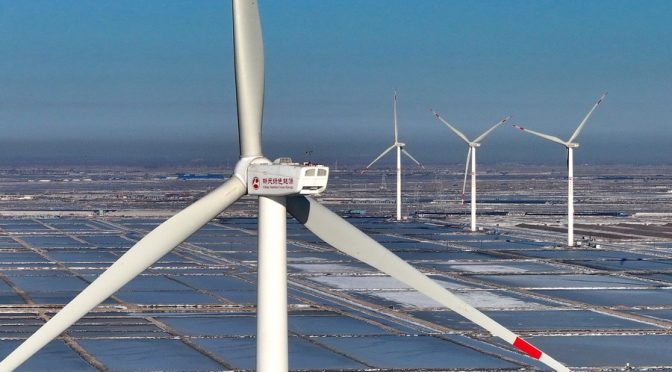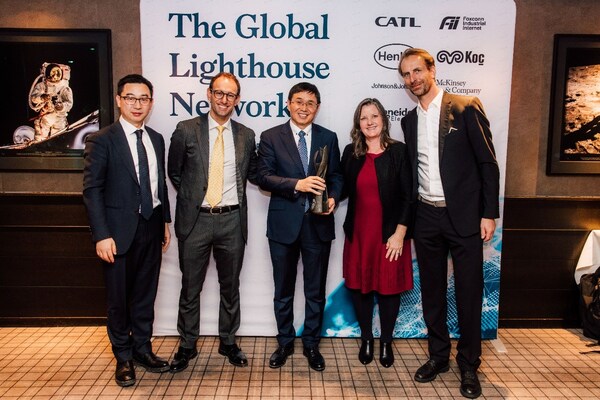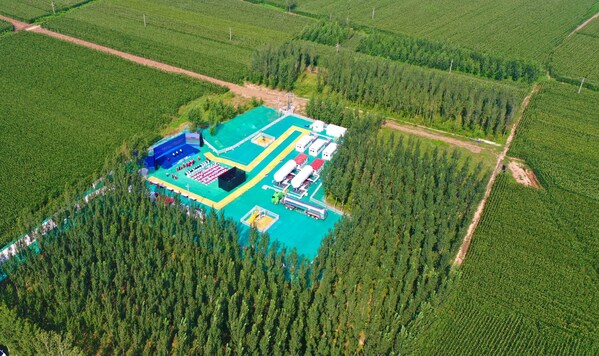SK On, a wholly owned battery subsidiary of SK Innovation, has developed an ESS which blocks the inflow of oxygen from the outside to prevent a fire from spreading.
The company completed the development of the new ESS last year and has filed patent applications at home and abroad. It plans to commercialize the new ESS by the end of 2022.
The company has also applied the fire-prevention technology to electric vehicle (EV) batteries and is ready to apply it to mass production of EV batteries.
SK On applied heat shield packaging technology to fundamentally prevent the spread of a fire. The key point is to block air and block cells with partition walls to prevent a fire from spreading.
The company said it was the first in Korea to use such an approach to address the ESS fire problem. Previously, Korean battery companies equipped batteries with a device that sprays fire extinguishing fluid or water.
SK On’s own experiment showed that when a fire broke out in an ESS, only the cell that caught fire was burned for one to two hours, with the remaining cells working normally without voltage abnormality.
Industry insiders say that the new fire prevention technology allows ESS producers to put together many ESSs to build a large system. Therefore, it can lead to a boom in the decentralized power generation market.
Since 2017, 34 ESS fires have broken out in Korea alone. LG Energy Solution, which voluntarily recalled ESSs at a cost of 400 billion won due to a recent ESS fire, is also making various technical attempts to prevent ESS fires.
The global ESS market is expected to grow 43 percent annually from 11.1 GWh in 2019 to 94.2 GWh in 2025, according to market research firm SNE Research. Bloomberg NEF, an energy market research firm, also analyzed that the global ESS market will grow by more than 37 percent annually to 358 GWh in 2030 from 2019.







